Decorating your home can be a somewhat nerve-wracking experience. There are so many aspects to it, besides the obvious cost and time factor. An interior designer is often brought into the picture because there are things you may be unable to do yourself.
Designers, whether for interiors or kitchens, are like doctors. They need to know everything about you; your tastes, likes and dislikes, even your preferences, before getting down to designing your home. It is, therefore, essential for them to ask you the right kind of questions for a productive relationship. These ten questions that they ask you will give you a sense of their capabilities as well as their grasp on their craft.
A fundamental question, to begin with, shows that the designer is interested in your viewpoint. Your space is to be a reflection of your personality, and your taste will eventually define the space.
Often, people love a piece of furniture that they have carried through generations in their family. It may also be something that pertains to their specific interest, such as a bookshelf. Designers have to consider the design of your space by keeping this piece of furniture as a focal point.
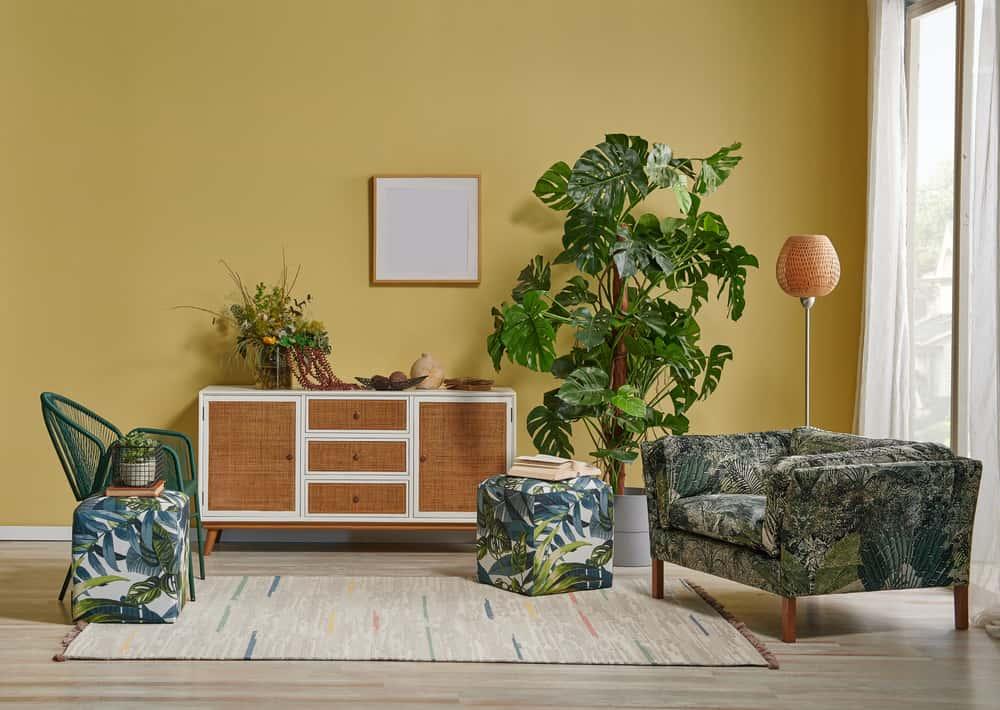
This question eliminates all the unnecessary and unwanted clutter, refines the requirement and gives more insights into your taste.
It is essential for a designer to separate his taste from that of the homeowner. What he may consider the trash, maybe the homeowner’s treasure—eliminating what the owner will ensure that the designer only works around what he loves.
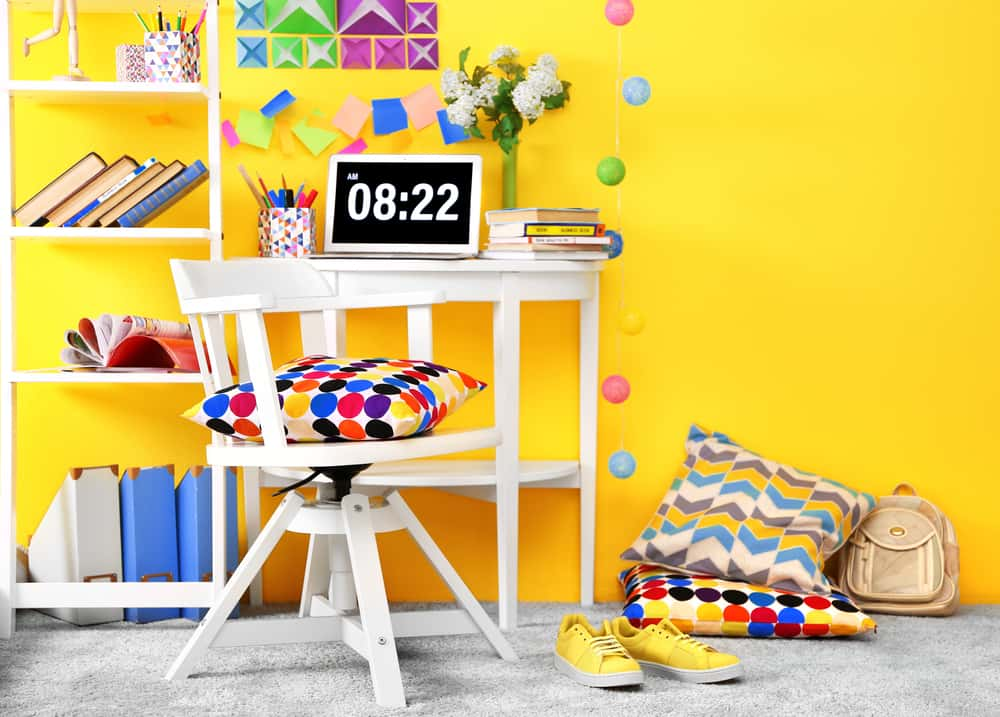
When asking about colours, the designer is not necessarily asking you about any specific ones, but a broad preference on the colour spectrum. If pastels are what you love, then a slight warmth is what you desire. Vibrant orange and reds are at the warmer end of the colour spectrum, while blues, purples are cooler.
The designer uses colour preferences to design your space, as well as bring together different elements that work together. A deep, rich green sofa set will be well balanced by warm summery yellows and orange in wall paints, but may not work too well with striking purples.
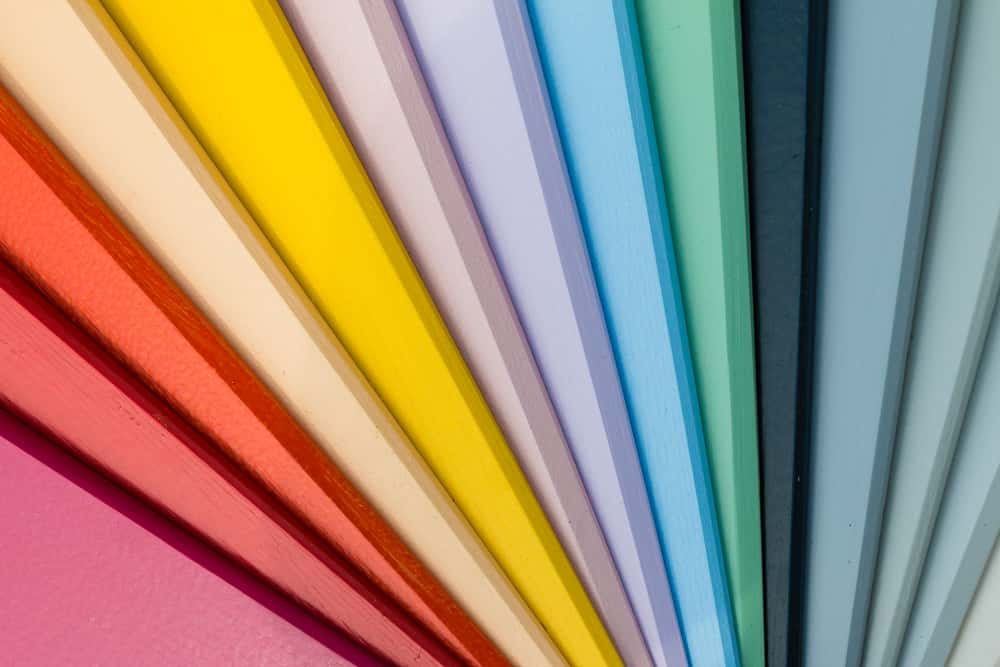

Most colour palettes for spaces around the home are fixed and pre-decided. Soft yellow is often chosen for the dining space, while white works well for the living room. If your preference does not fit in with the general norm, then the designer can work the design to suit your tastes.
Our homes are a haven for most of us, what we return to after a hectic day to rest and rejuvenate—being surrounded by colours and designs that we do not love can stress us subtly over some time. Designers consider this essential information while designing homes.
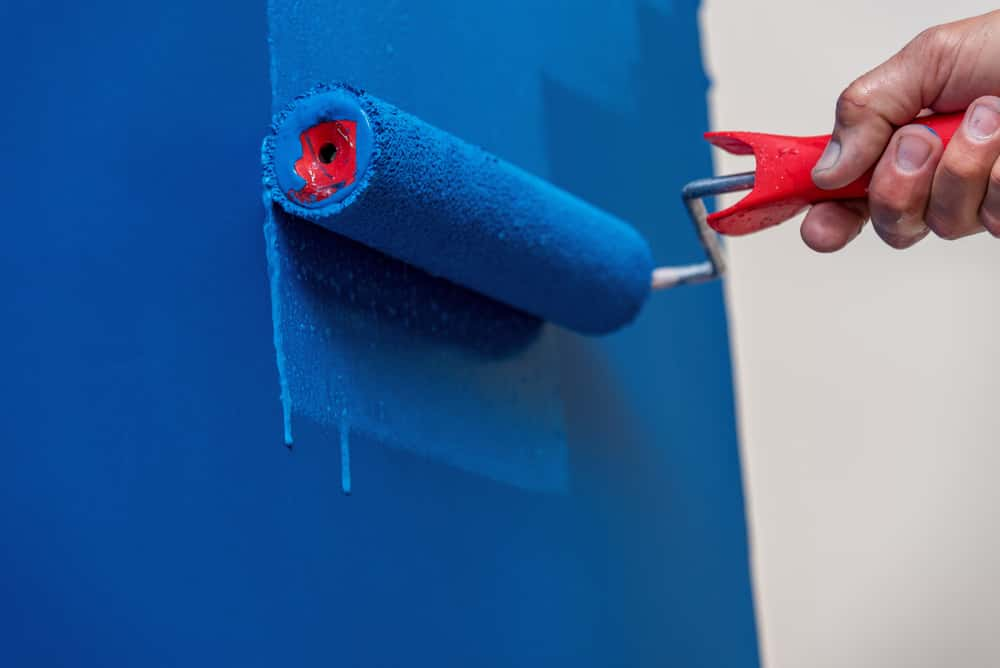
Often, the design you seek is guided by something – a painting, a fabric design, some collectable – which has subtly influenced you. This reference point is an excellent way to work around what you want for your home.
Designers need to understand the home decor that you seek, that you want to live with. Often it comes from experiences and objects that you would have never thought about it. This can often become a starting point for their design inspiration.
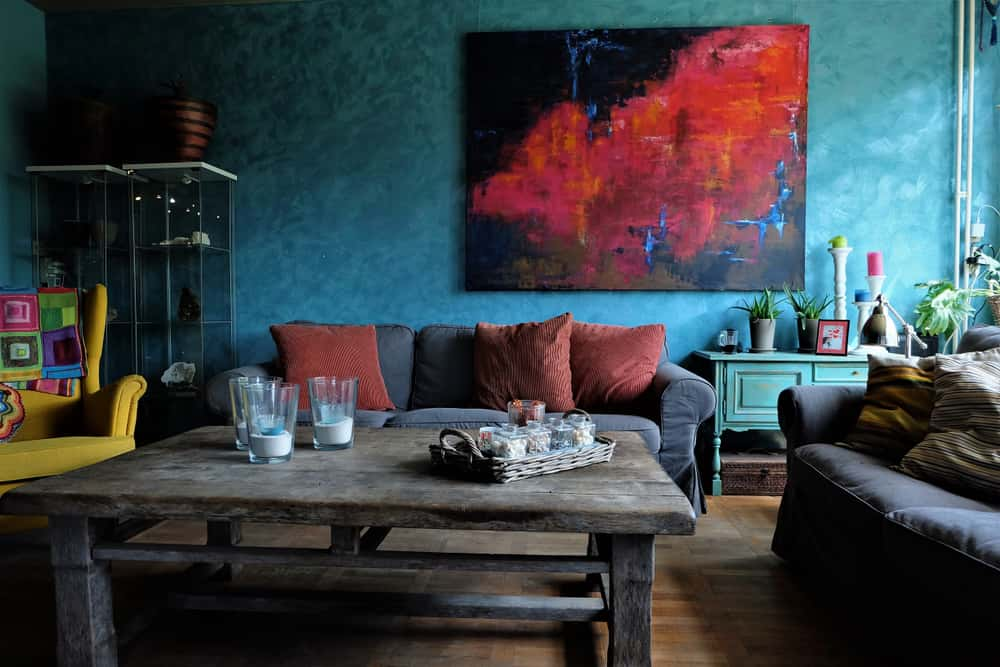
With homes becoming increasingly personalized, this question tries to understand your design aesthetic – country chic, contemporary or rustic.
The design and feel of space often decide the rest of the materials used in it – cabinets, materials, finish and accessories. It also works as a great reference point for the decor. Read more to understand what the terms contemporary and eclectic mean.
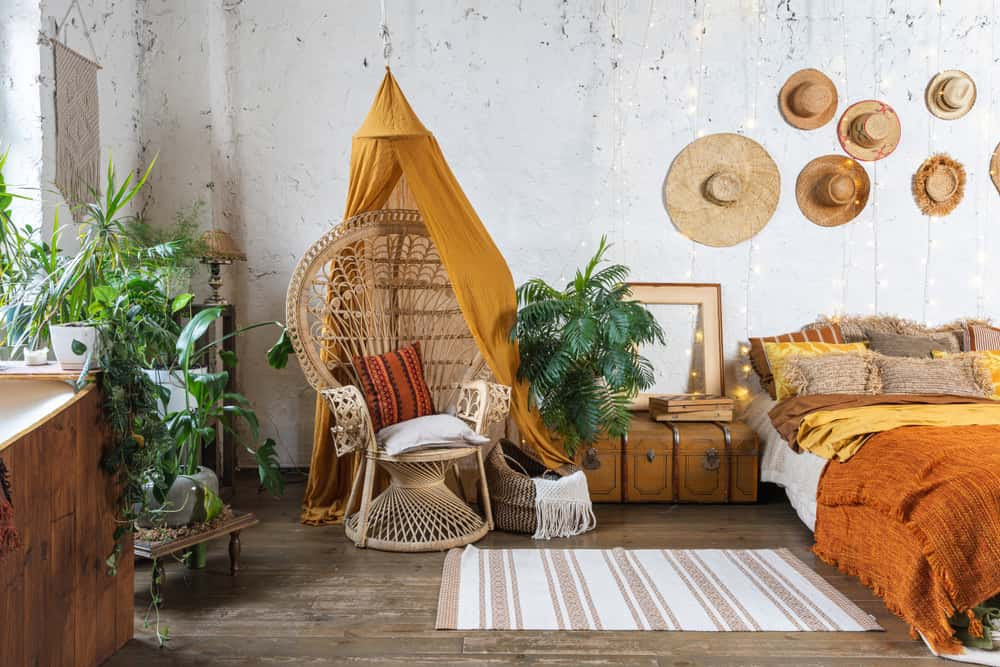
Although every room has its specific use, this question tries to maximize the functionality of that space. If a bedroom is also going to double up as a reading nook, then the design can be tailored to accommodate bookshelves and a cosy love seat.
Designers have to work around the design without losing the purpose of the space. Incorporating smart ideas, fitting in accessories, making space for hobby corners are examples of clever designs.
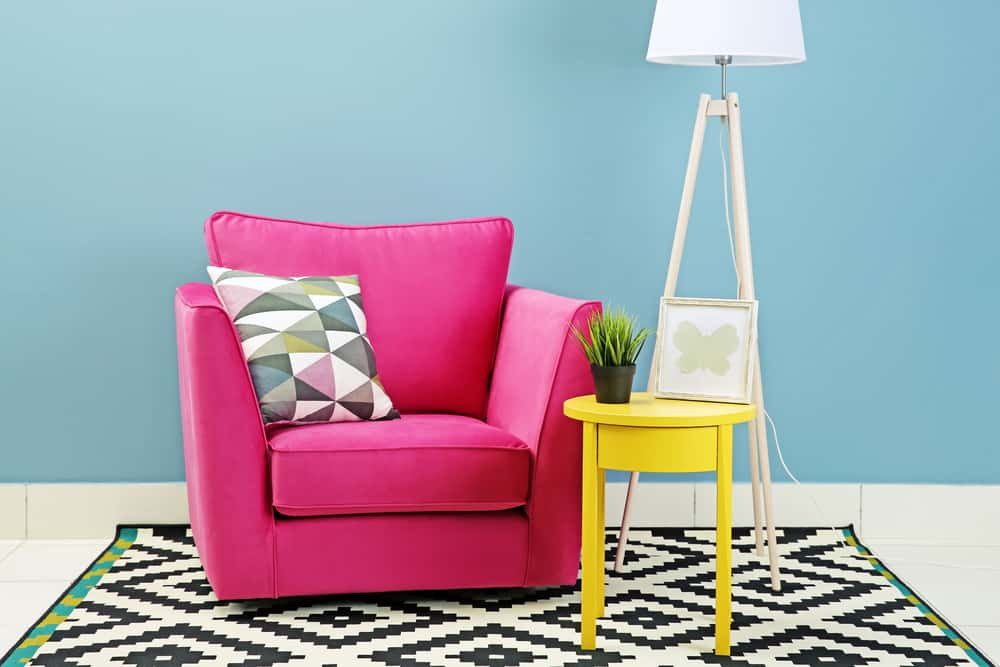
It is imperative to consider the needs of everyone in the home. An older adult with joint problems needs firm and stable seating; children need a play area with soft carpets and plenty of storage, book lovers need storage solutions that fit into the décor.
Design is all about how needs are accommodated within it. The clever design takes care of these little details to give homeowners the space they can always use.
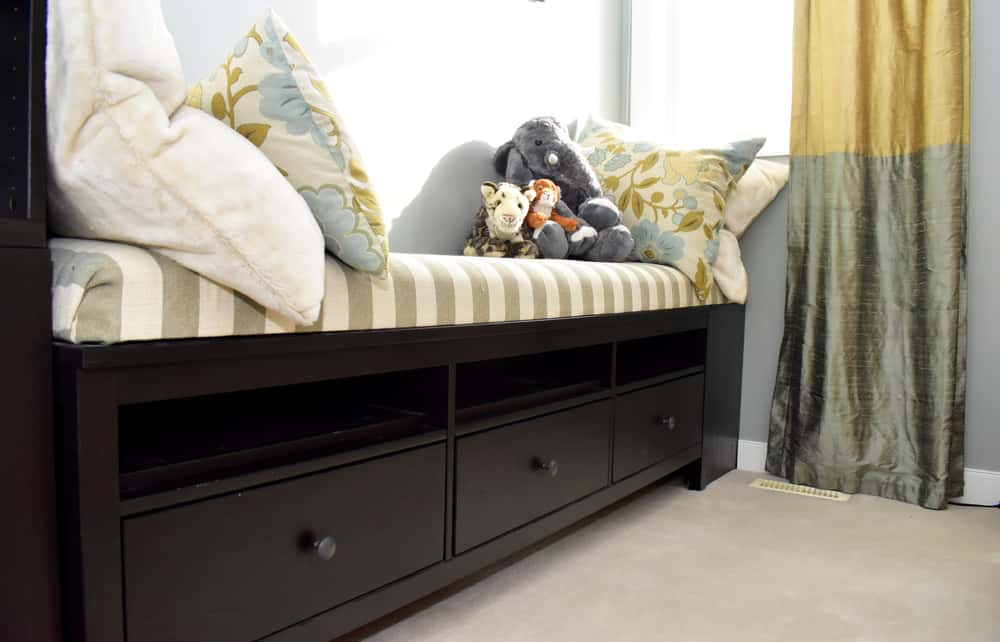
Not every one of us can complete the entire home décor at a go. We are often constrained by time, budget and other emergencies.
Designers need to know the answer to this, only because it helps them plan how to go about the design. Buying two sofas and a coffee table may work better than an entire set, or a refrigerator may be the only appliance you need until you fully settle in. This ensures that the home is lived in the right from the start.
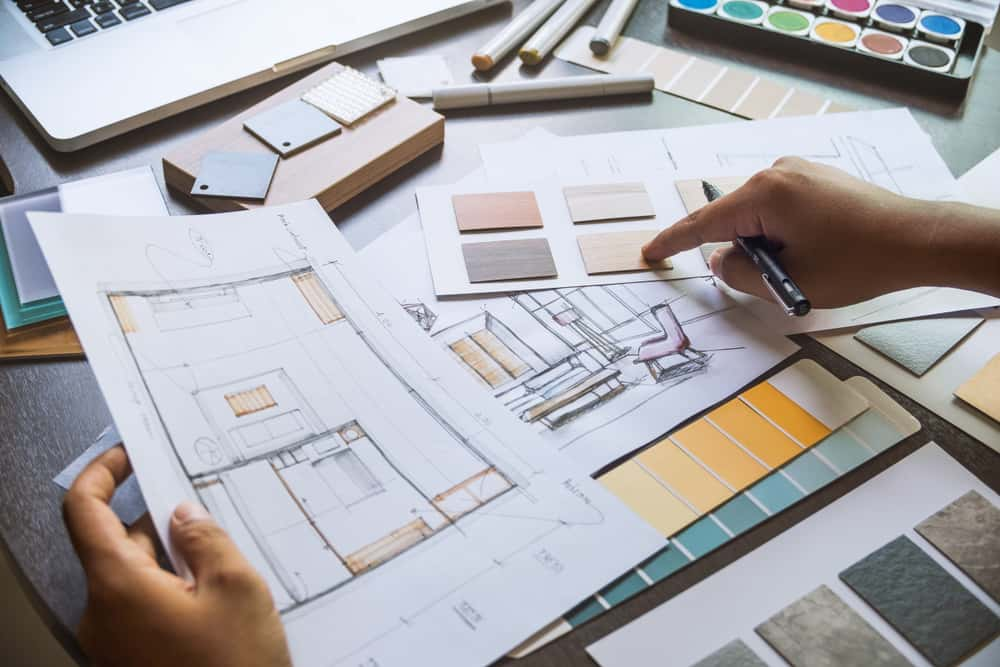
This question is an absolute must. The entire décor and design plan rests on how much money you have set aside to accomplish it.
Although uncomfortable, designers need to ask this budget question to know how much they can work with to give the homeowner what he wants. This will help them decide on whether to be conservative or extravagant, limit their options or go all out with it.
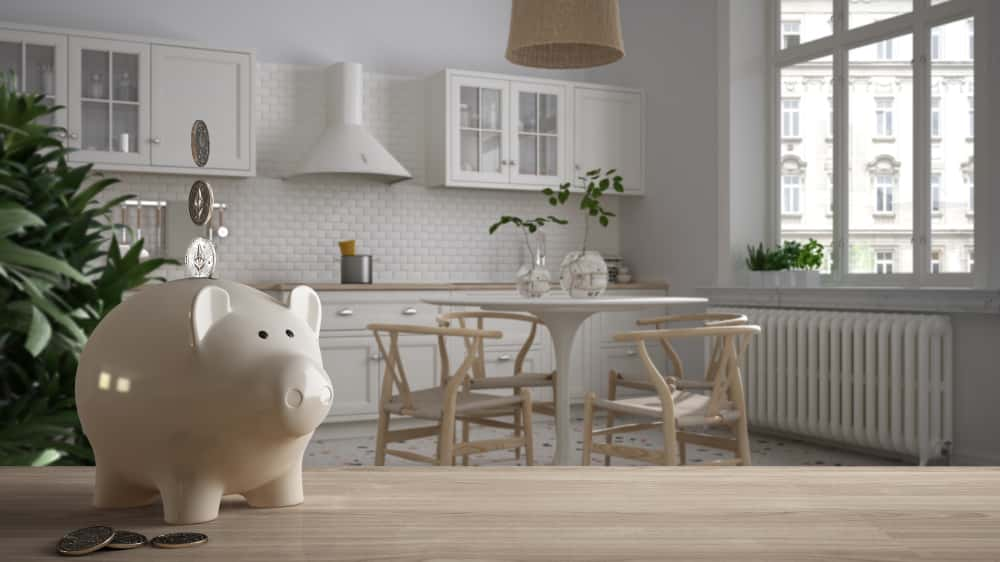
When it comes to making the right interior choices for your home, expert advice is always important. HomeLane not only understands all your interior related concerns but also is well equipped with both professionals and products that are sure to satisfy your specific interior needs.

 EXPLORE MORE
EXPLORE MOREExplore This Vibrant Bangalore Home That Revels in the Interplay of Patterns and Textures!
This Stunning Chennai Home Channels Nuanced Character and Tonality
Step Into This Minimal Chennai Home, and Get Wrapped in Comfort!
This Compact Chennai Apartment Is an Ode to Smart Design and Functionality!
 EXPLORE MORE
EXPLORE MOREExplore This Vibrant Bangalore Home That Revels in the Interplay of Patterns and Textures!
This Stunning Chennai Home Channels Nuanced Character and Tonality
Step Into This Minimal Chennai Home, and Get Wrapped in Comfort!
This Compact Chennai Apartment Is an Ode to Smart Design and Functionality!
By submitting this form, you agree to the privacy policy and terms of use